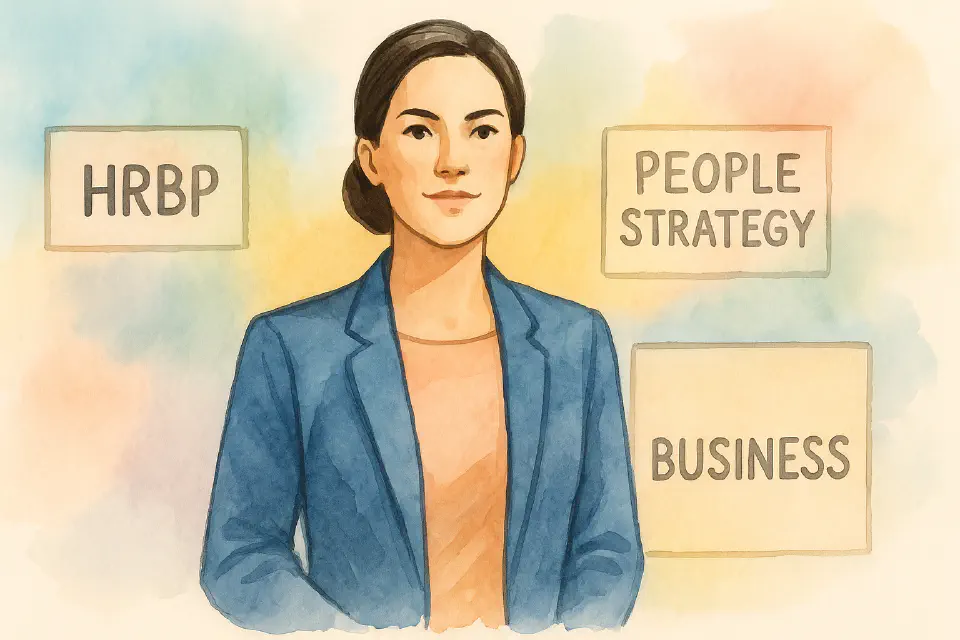
HR Business Partnering: Strategic Role & Realities
HRBPs aren’t just support roles—they’re strategic connectors. But without clarity, capability, and credibility, the model falls apart.
The HR Business Partner (HRBP) role was born from a simple need: connect HR with the business. But in practice, HRBPs are often pulled in conflicting directions, overburdened by operational tasks, and misunderstood by both HR and business leaders.
When implemented well, HRBPs are the linchpin of strategic HR. When implemented poorly, they become glorified administrators.
What Is HR Business Partnering?
At its core, HR partnering is a model where:
- Strategic HR advisors (HRBPs) are embedded within business units or functions
- They work closely with leaders to align people strategy with business goals
- They rely on CoEs for expertise and Shared Services for operational support
What Great HRBPs Do
Effective HRBPs:
- Act as trusted advisors to business leaders
- Translate business goals into people strategies
- Influence talent decisions with data and insight
- Facilitate organizational change and transformation
- Champion culture, leadership, and employee experience
The Ulrich Model: Still Relevant?
The HRBP role gained prominence through Dave Ulrich’s model, which envisioned:
- CoEs for expertise
- Shared Services for transactions
- HRBPs for strategy
Common Pitfalls
- No time for strategic work
- Vague expectations from business leaders
- Limited access to data or CoE tools
- Role confusion across HR
Making HRBP Models Work
To make HR business partnering effective:
1. Clarify the Role
Define what HRBPs do—and what they don’t do. Separate strategic advisory from operations.
2. Build Strategic Capability
Train HRBPs in business acumen, consulting, data analysis, and change management—not just HR policies.
3. Ensure Support Systems
Without strong CoEs and efficient Shared Services, HRBPs can’t focus on strategy.
4. Embed HRBPs Deeply
They must be part of leadership teams, included in planning cycles, and given influence—not just attendance.
Evolving the HRBP Role
Today’s HRBPs are evolving into:
- Workforce strategists: aligning talent with long-term goals
- Change enablers: facilitating org transformation
- Culture stewards: embedding values and leadership behaviors
- Data translators: making people analytics useful to line managers
Metrics That Matter
Evaluate HRBPs based on:
- Stakeholder satisfaction
- Business alignment of HR initiatives
- Impact on KPIs (e.g., turnover, time-to-hire, internal mobility)
- Coaching and influence effectiveness
Final Thought
The HRBP role isn’t broken—it’s often underdelivered. With the right design, development, and support, HRBPs can be one of the most strategic roles in the company.